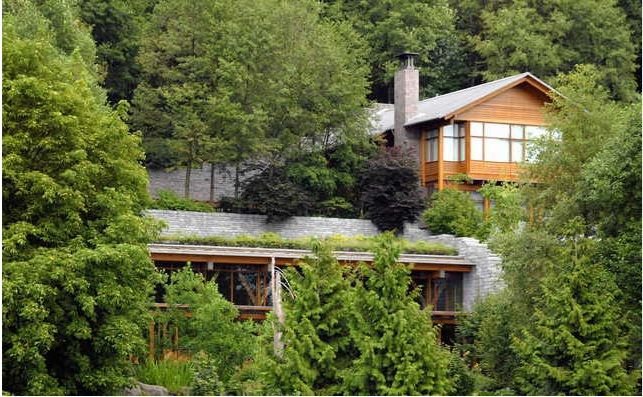Ultrarich Building Luxury Underground Bunkers

Just see it as Doomsday preparations for chic have become. In recent years, the ultrarich have quietly ready their houses for the next big disaster by building luxury underground bunkers.
Witness Meta CEO Mark Zuckerberg, who is said to build a $ 300 million compound in Hawaii-Complete with a bunker of 5,000 square feet with its own energy, water and food infrastructure. Or co-founder of Microsoft Bill Gates, who is said to have bunkers among several of his houses. Or Kim Kardashian and Shaquille O’Neal, which is also said to have investigated the idea.
“What were once rudimentary shelters have become tailor -made shrines,” Naomi Corbi from Safe, a company that specializes in safe residential design, told Robb Report. “Today’s customers want functions that reflect their lifestyle – often with very individual accents.”
So yes. While the rest of us lives a planet of the monkeys dystopia above the ground – or fight against zombies, pandemies and nuclear threats – they will be co -cosetted and carefree.
Corbi said that customers asked for facilities, such as a regulation quality Puting Green, a climate -controlled art gallery, private theaters and hydropultuur gardens. Other functions can do much more gyms, swimming pools, saunas, staff, and, really, everything that survives in the midst of social demolition.
But if you think you can just detect one of these weases and demand to let in, think carefully again. In an article in March 2024 on the CBC news website, a representative of the Swiss company Oppidum, which specializes in reinforced underground homes, Privacy said crucial in industry.
“One of the principles of hiding place is that you don’t want anyone to know about it,” explains Tom Grmela, the head of the company’s communication. He added: “Rarely do I ever meet the billionaire client. And even if you do that, they always have Aliases.”
Douglass Rushkoff, who interviewed billionaire Rampspreppers for his book Survival of the Richest, said that many of them wanted to keep strangers out of their shrines.
“These people are no longer driven by fear as they are by desire,” he told BBC Science Focus. “The idea of being isolated in a space station or underground bunker is a good thing for many of these types.”
In the end, however, that idea can be counterproductive. Another option to survive the large means that others are not kept out, but bring them in. Such as in, with one big bunker for many people, such as in the video game and TV show Fallout.
The Vivos company specializes in these types of complexes, which can accommodate up to 800 people and are less expensive than owning an individual bunker.
“It’s a bit on an underground cruise,” Dante Vicino, the architect and project manager at Vivos, told BBC Science Focus. “There are private sleeping rooms, private sleeping areas, your own bathroom, etc. But in general it is a shared area with community-oriented spaces where people can come together, eat and hang out together.”
It’s logical. What if you need a dentist during a disaster? Or, overwhelmed by approaching downfall, a therapist? Or a tech expert, or mechanic or surgeon?
Rushkoff, the author, repeated that sentiment.
“If you really want to survive apocalypse, meet neighbors, make friends and form communities with others,” he said. “It is a much more likely technique to survive than to insulate yourself completely underground.”




